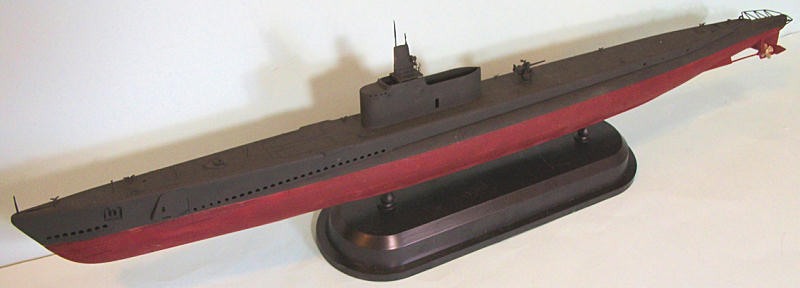
Riich Models 1/200 USS Gato
| KIT #: | ? |
| PRICE: | 3,840 yen at www.hlj.com |
| DECALS: | None? |
| REVIEWER: | Tom Cleaver |
| NOTES: |
|

| HISTORY |
When the Japanese strike
force left
Within
hours, the Chief of Naval Operations issued the following order: “Execute
unrestricted submarine warfare against  so
he should be, too. Thus Doenitz
avoided a death sentence.
so
he should be, too. Thus Doenitz
avoided a death sentence.
The
Japanese attack left the Pacific Fleet unable to operate offensively, other than
the submarine forces. At the
outbreak of war, there were 29 submarines attached to the Asiatic Fleet in the
The
Combined,
the two tonnage figures represent 54.6 percent of all Japanese naval and
merchant vessel losses. This feat was accomplished by a force that consisted of
approximately 50,000 personnel, including staff and other support positions.
These 50,000 sailors were 1.6 percent of the entire
The
submarine force confronted many significant obstacles in achieving this victory.
They were not trained or equipped to fight as commerce raiders, since peacetime
training had dealt with fleet operations, in accordance with the naval doctrine
presented by Alfre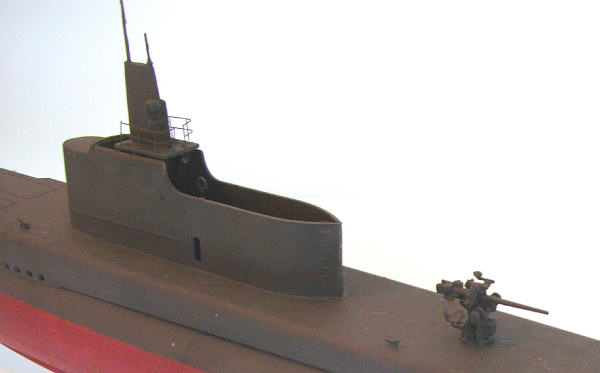 d
Thayer Mahan, who held that
destruction of the enemy's battle fleet was necessary to ensure control of the
sea. The
d
Thayer Mahan, who held that
destruction of the enemy's battle fleet was necessary to ensure control of the
sea. The
American
submariners had to overcome over‑cautious and unrealistic peacetime training
which held attacks were to be made from deep submergence, using sonar, in order
to avoid detection and destruction by the enemy. It would take the promotion of
bold and innovative submarine captains before tactics such as night surface
attacks, daylight periscope attacks, and night periscope attacks were accepted.
It also took many months for the Submarine Force leadership to understand how
vulnerable Japan as a nation was to the destruction of merchant vessels ‑
particularly the tankers used to carry oil from the Netherlands East Indies to
the Home Islands. A country without
its own oil supply that was not independently capable of producing all its food
requirements was uniquely vulnerable to unrestricted submarine warfare.
The worst
problem the Submarine Force faced was the scandal of defective torpedoes.
American torpedoes had never been thoroughly tested against live targets. Early
on, it was realized something was seriously wrong when correctly‑aimed torpedoes
failed to detonate or exploded prematurely. Initially, the Navy attempted to put
the blame for these problems on incorrect firing solutions and ordnance handling
by the crews. Only in September, 1943, following political wrangling and many
missed opportunities to sink Japanese merchant and naval shipping, was the
problem with defective magnetic and contact exploders corrected after a series
of live firings against a submerged cliff in the Hawaiian Islands. For the first
21 months of the war, American submariners were forced to fight the enemy with
weapons that didn’t work.
By sinking
a significant percentage of the merchant vessels used to import critical raw
materials, such as oil, bauxite, rubber, pig iron, and food, the submarines were
responsible for Japan never being able to meet the needs of its wartime civilian
and industrial economy. Thus, the Japanese were never able to adequately supply
the logistical needs of their armed forces. Aircraft production dropped because
of the shortage of raw materials and fuel.
By the end of the war, when the submarines even cut off the Japanese
supply lines from the Asian mainland in the Sea of Japan, the American submarine
forces had effectively cut Japan off from the world, making the Japanese defeat
inevitable.
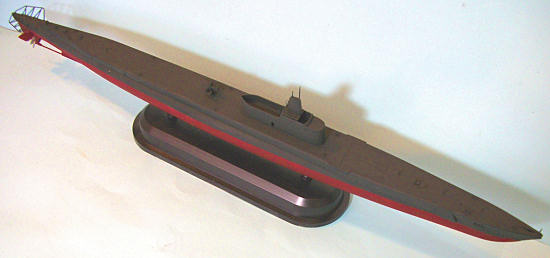 USS Gato
(SS‑212), lead ship of her class of fleet submarine, was the first Navy ship
named for the Gato, a small cat shark found along the west coast of Mexico.
Her keel was laid on October 5, 1940, at the Electric Boat Company in
Groton, Connecticut. She was launched on August 21, 1941 and commissioned on
December 31, 1941.
USS Gato
(SS‑212), lead ship of her class of fleet submarine, was the first Navy ship
named for the Gato, a small cat shark found along the west coast of Mexico.
Her keel was laid on October 5, 1940, at the Electric Boat Company in
Groton, Connecticut. She was launched on August 21, 1941 and commissioned on
December 31, 1941.
After
shakedown Gato departed for Pearl Harbor via the Panama Canal and San Francisco
on February 16, 1942. During her
first war patrol from Pearl Harbor (April 20 – June 10, 1942), she
unsuccessfully attacked a converted aircraft carrier on May 3. On May 24, she
was ordered to patrol the western approaches to Midway during the Battle of
Midway.
Her second
war patrol (July 2 – August 29, 1942), saw her patrolling east of the Kurile
Islands toward the Aleutians. She experienced the problem of faulty torpedoes
when he obtained four torpedo hits
with unconfirmed damage to a ship on August 15 before terminating the patrol at
Dutch Harbor. During her third patrol (September 4 – December 23, 1942) she
operated off Kiska before returning to Pearl Harbor to receive orders to join
the submarine force in Australia. On December 6, off Truk atoll, her attack on a
convoy was broken off by an aerial attack and a severe depth charging by three
destroyers. She arrived at Brisbane, Australia, on December 23, 1942.
Gato’s
fourth war patrol (January 13, 1943 – February 26, 1943), took her to the
Solomons, where she sank a transport and two cargo ships.
Her fifth patrol (March 19 ‑ June 6, 1943) saw her return to the Solomons,
where she landed an Australian coastwatcher unit on March 29, and evacuated 27
children, nine mothers, and three nuns from Bougainville, where the Coastwatcher
operation was under assault by the Japanese. On April 4,she was so badly shaken
in a depth‑charging that she returned to Brisbane for temporary repairs.
She landed more Australian commandos on Bougainville on May 29 to assist
in the retreat of the main Coastwatcher unit, evacuated more civilians, and then
conducted a reconnaissance of Tarawa before returning to Pearl Harbor on June 6,
1943. Shortly thereafter, she was
sent to Mare Island for a three-month modernization.
| THE KIT |
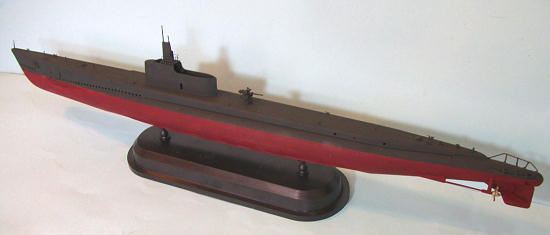
| CONSTRUCTION |
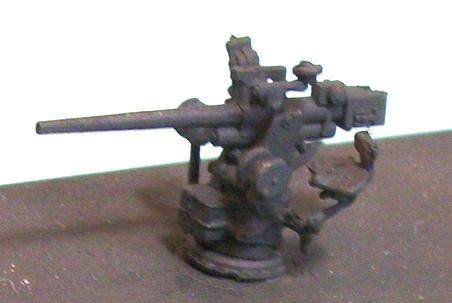
The 12-part 3-inch deck gun is beautifully detailed for this scale,
though the size of the parts gave me fits even assembling it while wearing my
magnifier.
| COLORS & MARKINGS |
| CONCLUSIONS |
I think the Fleet Boat in all its configurations is the best-looking
conventional submarine. This kit
from Riich provides sufficient detail without creating a model so large that
storage on a display shelf becomes a problem.
I will be looking forward to the future releases of the series.
Recommended for all submarine fans.
Review Kit courtesy of HobbyLink Japan.
If you would like your product reviewed fairly and fairly quickly, please contact the editor or see other details in the Note to Contributors.